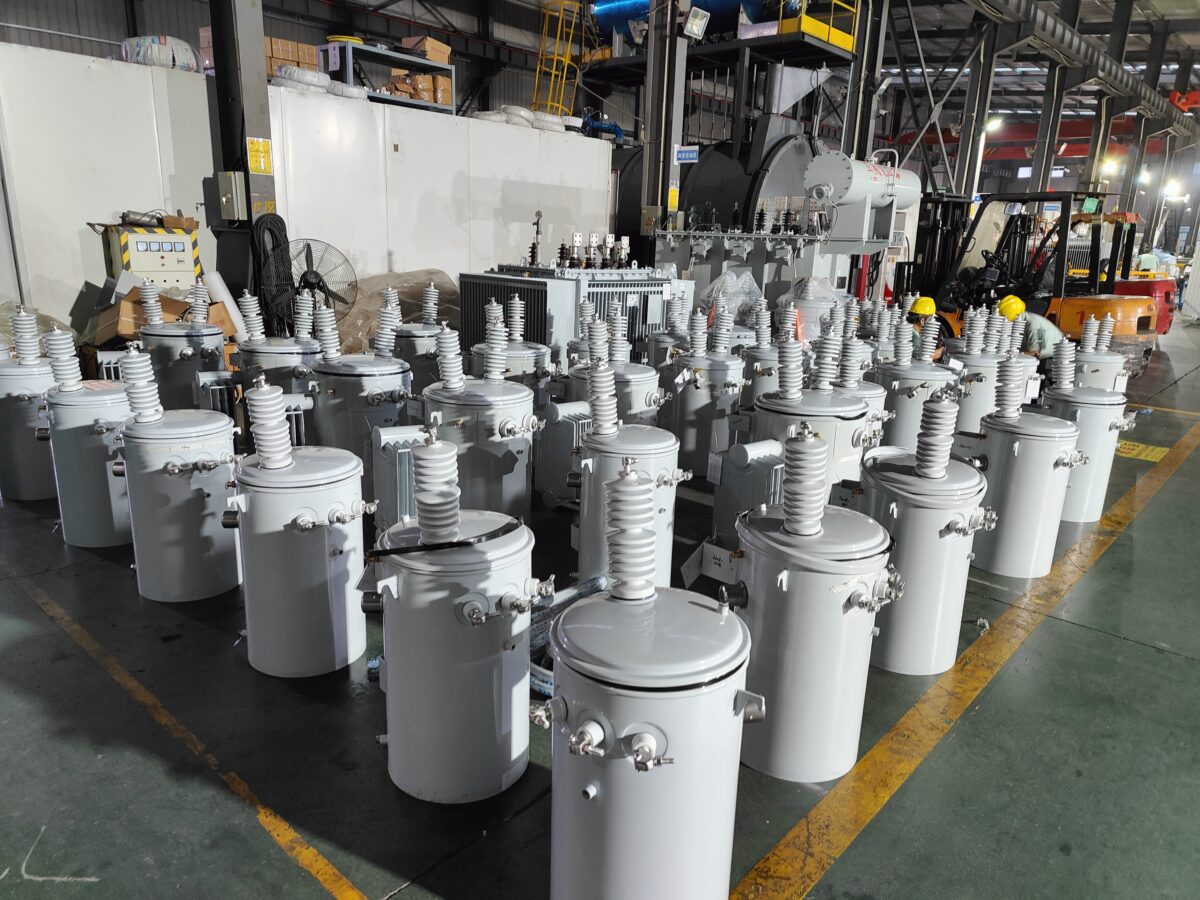Power Pole Transformers: Vital Components in Electrical Distribution
Power pole transformers are essential devices in the electrical distribution network, serving the critical function of stepping down high-voltage electricity to levels suitable for residential and commercial use. Positioned on utility poles, these transformers are a common sight in urban and rural landscapes. This article will explore two key aspects of power pole transformers: their function and maintenance requirements.

Function of Power Pole Transformers
The primary function of power pole transformers is to convert the high-voltage electricity transmitted over long distances into lower voltages that can be safely used in homes and businesses. Typically, electricity is transmitted at high voltages to minimize energy loss over distance. Once this electricity reaches more populated areas, power pole transformers reduce the voltage, for example, from 7,200 volts down to 240/120 volts, which is the standard voltage for residential and small commercial buildings.
These transformers are strategically installed on utility poles where they can be connected directly to the overhead transmission lines. By doing so, they efficiently manage the distribution of electricity directly to consumers, ensuring that the power supplied is both stable and safe for everyday use.
Maintenance of Power Pole Transformers
Regular maintenance is crucial for ensuring the reliability and safety of power pole transformers. Maintenance routines typically include visual inspections, electrical testing, and oil checks if the transformer is oil-filled. These inspections help to identify potential issues such as oil leaks, rusting components, or insulation wear before they lead to failures.
Visual inspections can spot physical damage or environmental wear that might affect the transformer’s function. Electrical testing, including tests for insulation resistance and power factor, helps verify the operational integrity of the transformer. For oil-filled models, checking the oil levels and quality is essential as the oil plays a crucial role in both insulation and cooling.
Scheduled maintenance not only helps in prolonging the life of the transformers but also enhances the safety and reliability of the overall power distribution system. Proactive maintenance can prevent outages and reduce the likelihood of sudden breakdowns, which are costly and disruptive for both utilities and consumers.

